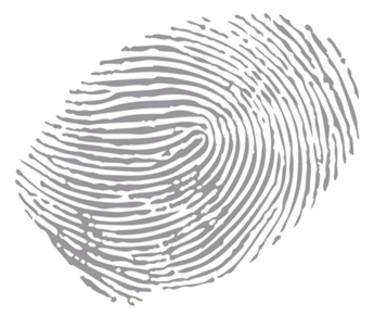‘Fingerprinting’ Drug Labels to Fight Fraud
Using tiny imperfections in the printing process to track individual products through the supply chain
Scientists at the anti-counterfeiting company Systech have spent years developing their e-fingerprinting technology, and they predict it’s going to be a big hit in pharma and beyond. We caught up with president and CEO Bob DeJean at INTERPHEX 2015 in New York to find out more.

What is e-fingerprinting?
We already take a photo of each label to verify serialization at many stages during the manufacturing and packaging process – our patented e-fingerprinting technology analyses the printing imperfections of the label and other characteristics to give a unique signature. The system uses unique noise from the time each label was printed – it is as unique as a fingerprint or snowflake, there’s only one – it can’t be predicted or replicated, and so cannot be counterfeited. You can’t reverse-engineer the random vibration of a production line or the humidity in the factory on a specific day. We have been trying to get rid of the ‘noise’ on our labels for decades – now we’re using it to our advantage!
What’s the benefit over serialization?
Imagine if two identical serial numbers come up on your system, or are found in the field by an inspector – how do you know which is the genuine product? When duplicates are identified in the supply chain, a simple smart phone photo taken via our app can be cross-referenced with our database to confirm whether it is an authentic product. You don’t have to add anything to the packaging, like RFID tags or holograms, and no hardware is required.
How else could the technology be applied?
One of the biggest potential benefits is in creating point-to-point connections with the consumer. We’re currently running pilot studies where manufacturers encourage consumers to use a branded application to take a photo of the label themselves as part of engagement/loyalty programs, providing both on-the-spot authentication and valuable marketing information.

As an Editor at Texere, I’m working closely with our audience to create vibrant, engaging content that reflects the hard work and passion that goes into bringing new medicines to market. I got my start in biomedical publishing as a commissioning editor for healthcare journals and have spent my career covering everything from early-stage research to clinical medicine, so I know my way around. And I can’t think of a more interesting, challenging or important area to be working in.



















